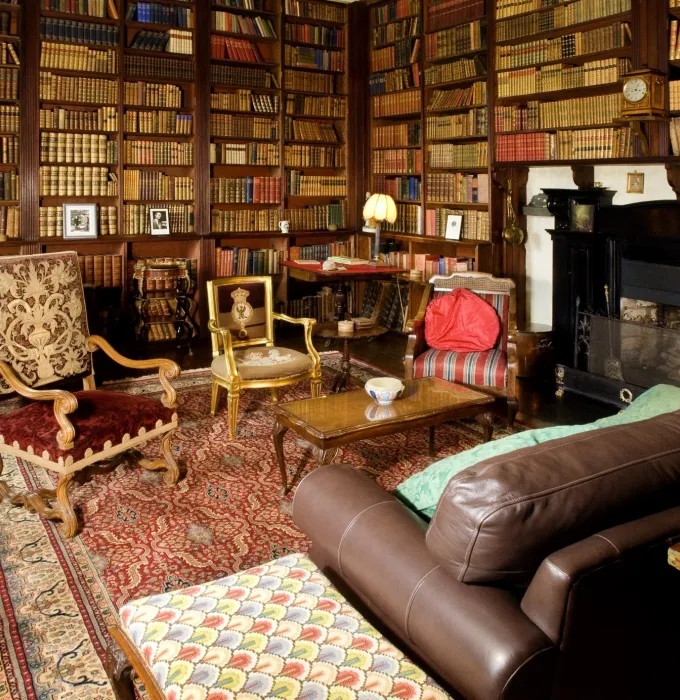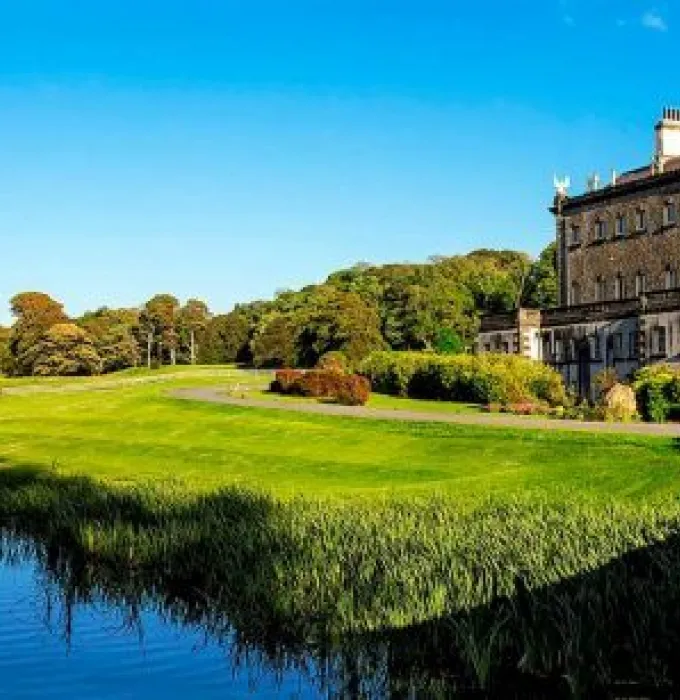Bridges are among the most symbolic constructions in our built heritage – they can symbolise connectedness, obstacles overcome, human progress and community ties. Longstanding bridges link the past to the present, and many have wonderful stories and huge local significance. And so it is with bridges in and around Westport. Here are the intriguing stories behind just a few.

Five bridges to bond with while you’re in Westport
1. Doris Brothers’ Bridge
In 2016, the Westport bridge linking James Street and Newport Street was named The Doris Brothers’ Bridge, thanks to representations made by the Westport Historical Society. The two brothers founded The Mayo News in 1892 and made significant contributions to the social and political development of Mayo during their lives.
The older of the two, William, was born in Westport in 1860 and worked as a journalist during his early career. In 1879, he named the first secretary of the Land League and helped organise a historic Westport meeting at which Charles Stuart Parnell and Michael Davitt addressed their followers together for the first time. In 1910, he was elected Irish Parliamentary Party MP for West Mayo, taking an active part in the historic Home Rule debates.
His brother, Patrick Joseph was born in Westport in 1866, and along with being an early member of the Land League, was also a member of the Fenian Brotherhood. When Irish Nationalism split in the 1910s, Patrick followed the Irish Volunteers/Sinn Féin side and William followed the Irish Party/Redmondite side.
In the wake of the Easter Rising 1916, Patrick was arrested and interned in Britain for almost eight months. He and his newspaper were subject to numerous harassments and restrictions during the War of Independence. He died in 1937.
2. Clapper Bridge
South west of Louisburgh near Killeen, the Bunlahinch Clapper Bridge crosses the narrow Bunleemshough River. A clapper bridge is an ancient form of bridge, usually found in upland areas of the UK.
The Bunlahinch bridge was built in 1863 on a place on the river where the water depth is usually low. At around 50 metres in length, it is the largest complete clapper bridge in the country. Its 37 arches are constructed in the primitive style, each made of flat limestone slab laid across stone piers that rise just over half a metre from the river bed.
The bridge was built when a Protestant missionary colony, including a church and school, was set up beside the river. The colony, initially successful, went into decline and was abandoned after twenty years. Its history has been somewhat obscured by local sensitivities, as it was established during a time that many found shameful. It is said that those who made up the community were converts to Protestantism, swapping their Catholic faith in exchange for food during a time of famine.
A small pile of stones lies where school house once stood, and, as detailed by local writer Sonia Kelly, ‘alongside the approach road, camouflaged by bushes, are the ghosts of cottages, whose gardens stretched behind them to be flanked by one of the streams that flows beneath the bridge’. The name Bunlahinch comes from the Irish ‘Bun na hInse’ meaning bottom of the river meadow.
A beautiful and poignant place to visit and reflect on the hardships faced in times gone by.
3. Seven Arches Bridge, Newport
Built around 1892, the beautiful bridge Seven Arches Bridge in Newport is a striking red sandstone structure with limestone detailing. It passes over over the Black Oak River, also known as the Newport River.
The bridge once carried the Achill branch of the Midland Great Western Railway line, with the last train running on this line in the autumn of 1937. That last journey was one of immense sadness, as it carried home the bodies of ten Achill boys and young men who had died in Scotland. The young islanders, aged between 13 and 23, had travelled to Scotland to work as seasonal ‘Tattie-Hokers’, or potato pickers, in Kirkintillock, eight miles south of Glasgow. They had been staying in a shed or ‘bothy’, which was locked at night. Tragically, a fire broke while they were sleeping, and they were unable to escape the blaze.
Today, the elegant bridge has been restored as a broad pedestrian bridge, and it offers superb views of the river which flows into the harbour and the estuary beyond. At night, the bridge and the nearby 19th-century road bridge are floodlit, as is the century-old St Patrick’s Church on Barrack Hill above the town.
4. Bellacorick Musical Bridge
Less than an hour’s drive from Westport lies one of the country’s most-unusual attractions, the Bellacorick Musical Bridge, which spans the Owenmore salmon river. Word of its musical powers has spread far and wide, and you could find people making their own xylophone-like tunes there any day of the week.
There are two ways to draw a melody from the structure: the first is to push a stone along the top of the parapets on either side – as the stone rolls along the walls, a host of musical notes are produced in quick succession. The second is by holding one or two stones in your hands, then striking them on each of the parapet slabs as you run over the bridge, pulling your hand away straight after each strike – each strike will generate its own unique note, and a musical scale can be produced.
According to researchers Caroline Teirney and Adrian Hugget, the Bellacorick Musical Bridge was designed and built in 1820 by Scottish surveyor, cartographer and civil engineer William Bald, who played a big part in connecting Erris to Castlebar by road.
The bridge has four arches, 30 feet apart, with parapets that run for almost 400 feet. When it first opened, it was trumpeted as the biggest and best-built bridge in Mayo.
However, according to local lore, a curse was put on it, saying that anyone who finished it would die shortly afterwards. To date, no one has tried, hence a still-missing piece of parapet.
5. Railway Bridge
The graceful lines and fine stonework of Westport’s beautiful Railway Bridge, also known as the Leenane Road Bridge, stands as a testament to community spirit and the tenacity of the local Westport Civic Trust.
The old stone bridge was originally constructed around 1875, when the Midland Great Western Railway built a short extension of the line down to the Quay from Westport town. When plans were announced to demolish it to make way for a roundabout, the trust stepped in. While the bridge was eventually widened to accommodate the demands of modern traffic, the Trust ensured that it was taken down carefully, piece by hewn piece. The placement of each stone was noted, and the bridge rebuilt, with efforts made to place each of the original stones in their rightful position. Its distinctive humpback shape was also preserved.
Today, as walkers, cyclists and joggers on the Westport Greenway pass under the bridge, they can see exactly where the old stones stop to reveal where widening occurred – and marvel at the love of local heritage that it symbolises.














